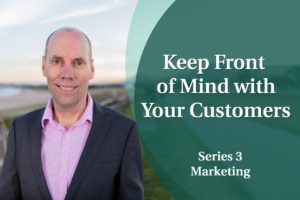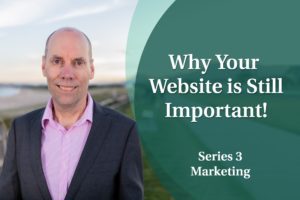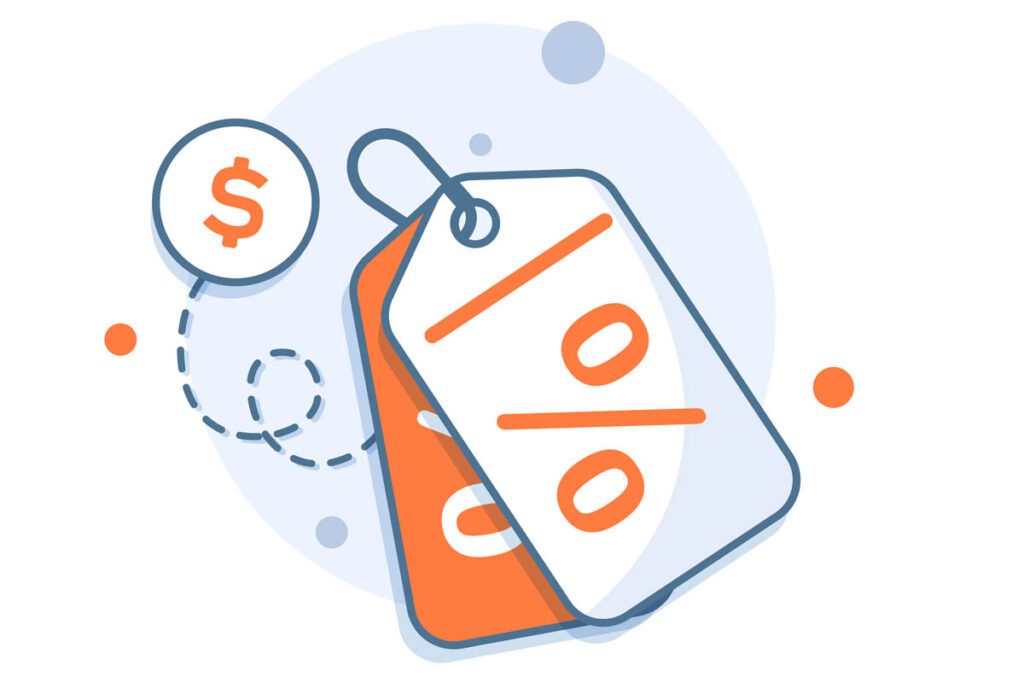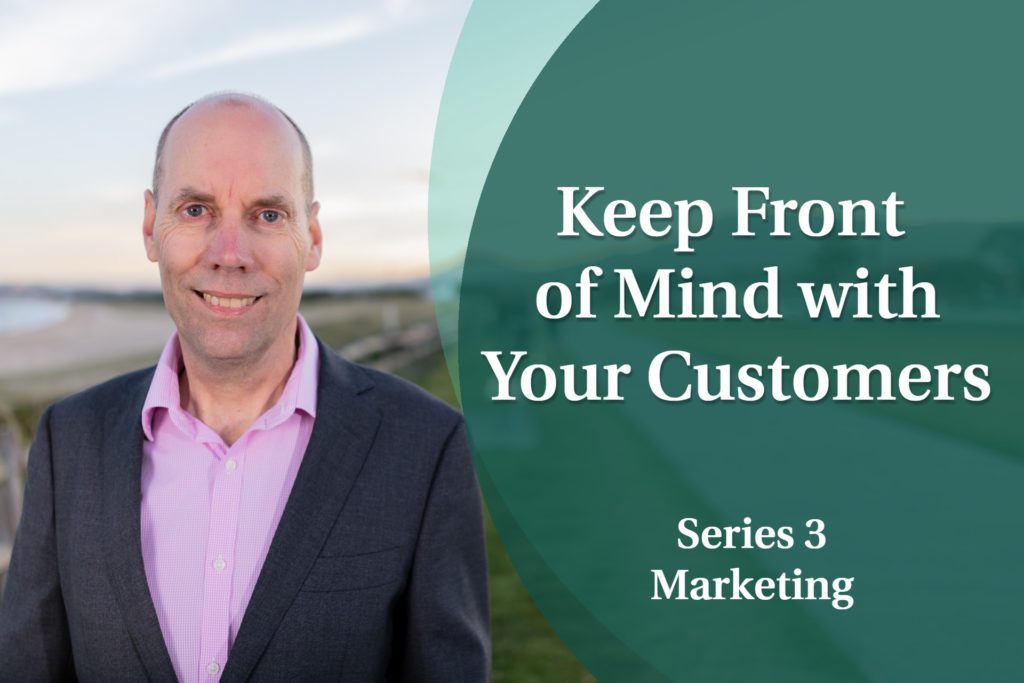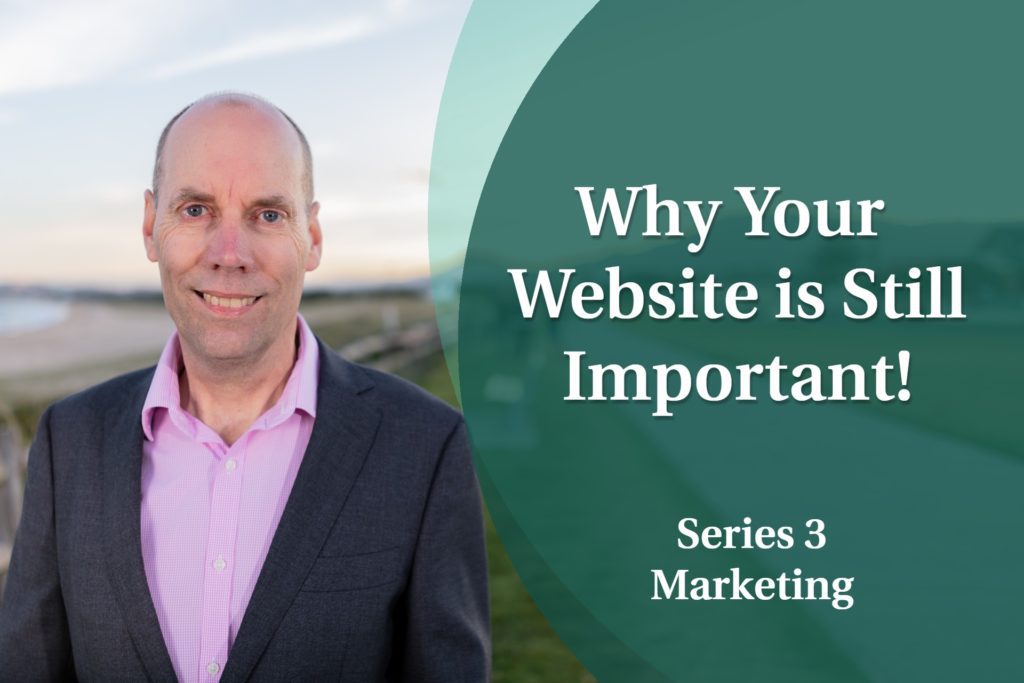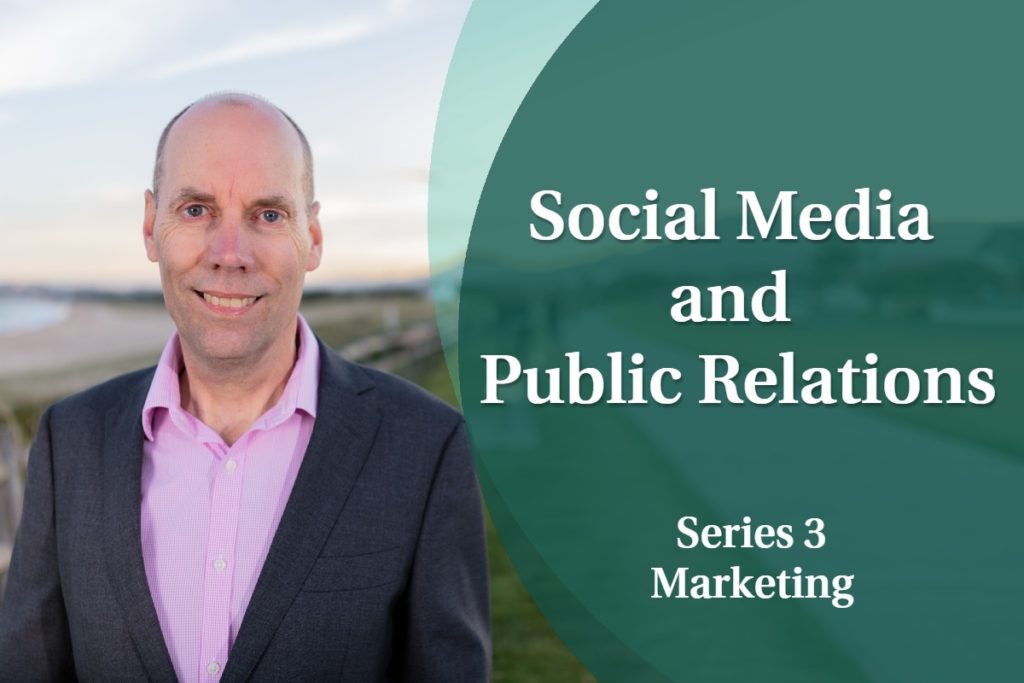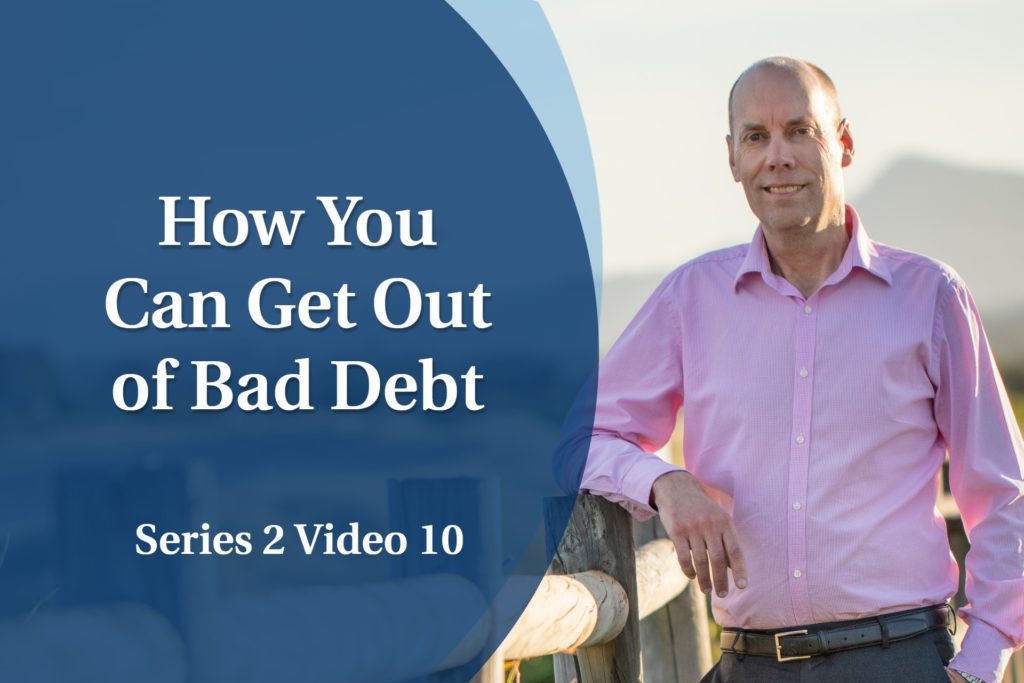
by Phil Latz
Hi, welcome to this latest blog in my finance series that I hope will help you become more successful in your business.
As a business owner myself for many years, I understand the challenges that you face.
The theme of this series is how to maximise your profit.
In today’s blog I’d like to talk about six steps or stages that you need to achieve in order to be fully successful in business.
I did not create the content of this episode myself. It comes from ActionCOACH which is a global coaching business. I worked as a part time contracted coach in an ActionCOACH franchise for just under two years until 2020, which is where I became familiar with the concept of these six steps.
If you like this content and would like to hear more along the same lines, then feel free to follow up with ActionCOACH directly.
I’m neither going to be sharing the full detail of the ActionCOACH material or using all the same terms. I’ll be giving my own interpretation.
Think of the six steps like a set of stairs. Each one builds on the next. You can’t jump straight to step six unless you’ve built the five that underpin it.

But this analogy only goes so far, because in the real world of running a business, challenges come at you from all directions. For example ,you can’t exclusively work on step one when you’re simultaneously faced with challenges that relate to steps two and three.
So let’s take a look at the six steps from bottom to top.
Step One is Mastery. Action Coach divides this into four foundations of your business: Destination, Time, Delivery and Financial.
Destination relates to your planning and goal setting. I’ll be going into this in more detail in the next video when I look at author Stephen Covey’s statement ‘Begin with the end in mind’.
Many aspiring new business owners race through the planning stage because they’re so keen to get stuck into the ‘real work’. But thinking about your business’s vision, mission and culture, writing a business plan and setting goals are invaluable foundational steps.
Remember, a goal, not written down, is just a dream.
Time relates to how you spend your time. Remember, no matter how wealthy you become you still only have the same 24 hours per day, so time is more valuable than money. If you haven’t already watched them I’d strongly recommend you watch videos five, six and seven in series one as these give you keys to making the most of your time.
Delivery relates to the nuts and bolts of how you’re going to interact with your customers and give them a positive experience that will keep them coming back to you.
Financial relates to all of those statements and spreadsheets that so many business owners dread. But in business you have to face the music! If you’re uncomfortable with financial statements then please watch ‘Financial Statements Demystified’ which is video two in series two. This takes you through the basics in jargon free terms.
Once you have these foundations laid, you’re ready for Step Two, Niche.
Niche starts by defining what is your unique selling proposition or USP? In other words, why would a customer buy from you rather than one of your competitors.
It then includes the five ways to maximise profit. Rather than repeat these here, please refer to video six in this series which I’ve entitled ‘Five ways to increase your profitability’ to find out what these are.
By the time you’ve mastered the first two steps you’ll have all of the business fundamentals in place. You know what your USP is and you’ve figured out how to make a profit.
Now you’re ready for step three, Leverage. This is where you scale up, or crank the handle faster, if you like, to accelerate your profits.
There are four ways to increase your leverage. You can improve any one of these four areas or possibly two, three or all four of them.
- People and education
- Delivery and distribution
- Testing and measuring
- Systems and technology
By the time that you’ve successfully leveraged your business systems, you’ve probably experienced significant growth in your business. Remember, growth in itself should not be your goal. As I’ve said in previous videos, turnover is vanity, profit is sanity and cash is king. Please go back and watch videos two and three in series two if you’re not familiar with this.
But as your business grows, you’ll reach a point where you’ll become the constraining factor of your business. You can no longer be the key person through whom all decisions flow. You’ll need to put a layer of management in place and build a winning team.
This leads to Step Four, Team, which looks at recruitment systems, work environment and keys to building a winning team.
Unless you can successfully recruit, motivate and retain high calibre people within your business, you’ll constantly be bearing the full burden upon your shoulders and your business will suffer as soon as you start to burn out.
This leads to step Five, Synergy. Action Coach defines a successful business as a commercial, profitable enterprise that works without you. Far more business owners achieve the first part of this definition than the second part.
That’s why the vast majority of business owners only own one business. But there’s no law against owning two, three, four or more businesses. The key is having all necessary systems in place, overseen by a General Manager who you’ve trained to run that business.
Once you’ve achieved this step you can move to Step Six – Results. This is where you no longer have to work in any of your businesses. They create passive income for you, which you can invest in other businesses, or a wide range of other investment options.
Because the businesses that you own are so well managed, with such good systems in place, and generating consistent profits, they are highly saleable assets in their own right, should you ever choose to sell.
For many small business owners, level six looks like the top of a distant mountain peak.
But remember every mountain can be conquered, one step at a time.
I believe that with passion, consistent effort and wise advice you can succeed in your business.
I wish you all the best and I’ll see you next time.
